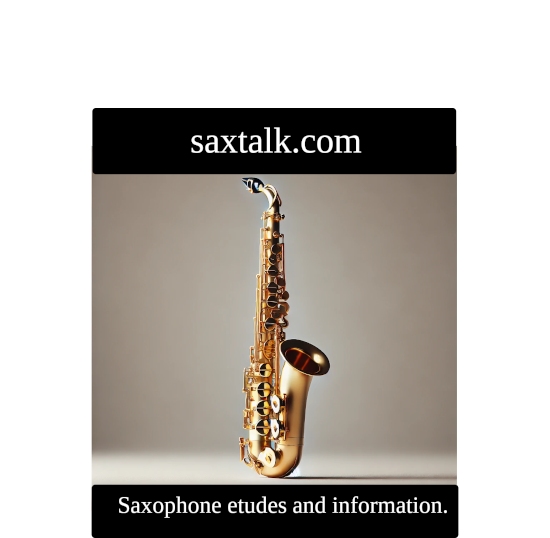Using MuseScore for Free-software based music score writing
Marshawn is a student of music score writing. She wants to become a professional and write music scores for television, radio, movies, orchestras, jazz bands and much more. She is also very passionate about Free Software. Please answer the following questions for her:
- What is music engraving, and what is the history of music engraving?
- What is the history of MuseScore? Who created it and for what purpose?
- Is MuseScore Free Software? If so, under which license?
- How many hours of practice per day would you recommends for Marshawn to become a complete master of MuseScore within 4 to 5 years?
What is Music Engraving, and What is the History of Music Engraving?
Music Engraving: Music engraving refers to the process of drawing or printing music notation on paper or other media. The term originates from the traditional technique of hand-engraving music onto metal plates for printing, ensuring precision and clarity in musical scores. This craft involves meticulous attention to detail to ensure that the music is easily readable by performers.
History of Music Engraving:
- Early Methods: The earliest music manuscripts were handwritten by scribes. This labor-intensive process was prone to errors and inconsistencies.
- Moveable Type: In the 15th century, Ottaviano Petrucci developed a method using moveable type for printing music, which allowed for more consistent and faster production of music scores.
- Plate Engraving: In the 17th century, copper plate engraving became the standard method for music printing. Engravers would carve the music into the plates, which were then inked and pressed onto paper. This method remained popular until the late 19th century.
- Lithography and Offset Printing: In the 19th century, lithography (printing from a stone or metal plate with a smooth surface) became a common method for music engraving. This evolved into offset printing in the 20th century, which is still used today.
- Digital Engraving: With the advent of computers and music notation software in the late 20th century, digital music engraving became possible. This allows for precise and easily editable music scores, revolutionizing the field.
What is the History of MuseScore? Who Created it and for What Purpose?
History of MuseScore: MuseScore is a free and open-source music notation software. The project started in 2002 when Werner Schweer, a German programmer, began developing it as a way to create sheet music more efficiently and accessibly than existing proprietary software.
Creation and Purpose:
- Werner Schweer: Schweer initially worked on the MusE sequencer but decided to create a standalone scorewriter after finding limitations in MusE's score editing capabilities. He aimed to create a user-friendly, powerful, and freely available tool for musicians and composers.
- Development and Growth: MuseScore was officially released as an open-source project in 2008. It quickly gained popularity due to its accessibility and robust feature set. The community-driven development has led to continuous improvements and updates.
Is MuseScore Free Software? If So, Under Which License?
Yes, MuseScore is Free Software. It is released under the GNU General Public License (GPL) version 2. This license ensures that users are free to use, modify, and distribute the software, provided that any derivative works are also licensed under the GPL.
How Many Hours of Practice Per Day Would You Recommend for Marshawn to Become a Complete Master of MuseScore Within 4 to 5 Years?
To become a complete master of MuseScore within 4 to 5 years, a structured and consistent practice schedule is essential. Here are some guidelines:
- Daily Practice: Aim for 1 to 2 hours of focused practice per day. Consistency is key, so regular daily practice will be more effective than occasional long sessions.
- Weekly Goals: Set weekly goals to cover different aspects of the software, such as basic notation, advanced notation techniques, score layout, and use of plugins.
- Monthly Reviews: Regularly review progress and adjust the learning plan as needed. Include tasks like transcribing scores, creating complex arrangements, and exploring new features.
- Supplementary Learning: Engage in additional learning activities, such as online tutorials, community forums, and user manuals to enhance understanding.
- Hands-On Projects: Work on real projects, like arranging music for local bands or creating scores for short films, to apply skills in practical scenarios.
This disciplined approach should help Marshawn achieve a high level of proficiency in MuseScore within the desired timeframe.
